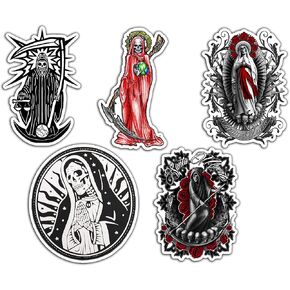- Shopping, made easy.
- /
- Get the app!
A farm (also called an agricultural holding) is an area of land that is devoted primarily to agricultural processes with the primary objective of producing food and other crops; it is the basic facility in food production. The name is used for specialized units such as arable farms, vegetable farms, fruit farms, dairy, pig and poultry farms, and land used for the production of natural fiber, biofuel and other commodities. It includes ranches, feedlots, orchards, plantations and estates, smallholdings and hobby farms, and includes the farmhouse and agricultural buildings as well as the land. In modern times the term has been extended so as to include such industrial operations as wind farms and fish farms, both of which can operate on land or sea. There are about 570 million farms in the world, with most of which are small and family-operated. Small farms with a land area of less than 2 hectares operate about 1% of the world's agricultural land, and family farms comprise about 75% of the world's agricultural land. In the United States, livestock may be raised on range, land and finished in feedlots and the mechanization of crop production has brought about a great decrease in the number of agricultural workers needed. In less developed countries, small farms are the norm, and the majority of rural residents are subsistence farmers, feeding their families and selling any surplus products in the local market. Acres can hold the crops. With few exceptions, animals consume organic material, breathe oxygen, are able to move, can reproduce sexually, and go through an ontogenetic stage in which their body consists of a hollow sphere of cells. Over 1.5 million living animal species have been described—of which around 1 million are insects—but it has been estimated there are over 7 million animal species in total. They have complex interactions with each other and their environments, forming intricate food webs. The scientific study of animals is known as zoology.
 The Woman Veteran - Strong Girl Gift Decorations - 4x3 Vinyl Stickers, Laptop Decal, Water Bottle Sticker (Set of 3)
KWD 2
The Woman Veteran - Strong Girl Gift Decorations - 4x3 Vinyl Stickers, Laptop Decal, Water Bottle Sticker (Set of 3)
KWD 2
 Veteran Wife Army Husband Soldier Saying Cool Military Gift Decorations - 4x3 Vinyl Stickers, Laptop Decal, Water Bottle Sticker (Set of 3)
KWD 4.500
Veteran Wife Army Husband Soldier Saying Cool Military Gift Decorations - 4x3 Vinyl Stickers, Laptop Decal, Water Bottle Sticker (Set of 3)
KWD 4.500
 Butterfly Brain Cancer Ribbon Vinyl Decal | Gray | Made in USA by Foxtail Decals | for Car Windows, Tablets, Laptops, Water Bottles, etc. | 3.7 x 4.5 inch
KWD 3
Butterfly Brain Cancer Ribbon Vinyl Decal | Gray | Made in USA by Foxtail Decals | for Car Windows, Tablets, Laptops, Water Bottles, etc. | 3.7 x 4.5 inch
KWD 3
 La Santa Muerte 5 pcs Sticker Pack Vinyl Stickers 3 inch
KWD 6
La Santa Muerte 5 pcs Sticker Pack Vinyl Stickers 3 inch
KWD 6